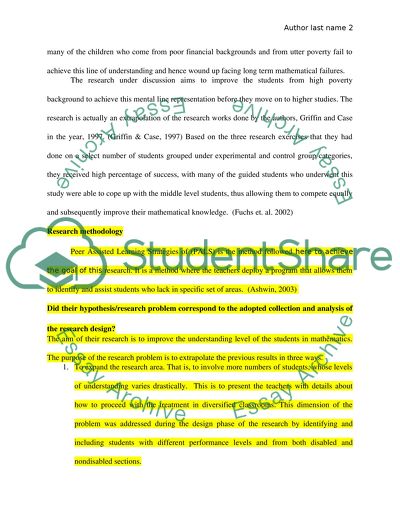Cite this document
(“Critical evaluation of Fuchs, Fuchs & Karns (2001) article Essay”, n.d.)
Retrieved from https://studentshare.org/environmental-studies/1408614-critical-evaluation-of-fuchs-fuchs-karns
Retrieved from https://studentshare.org/environmental-studies/1408614-critical-evaluation-of-fuchs-fuchs-karns
(Critical Evaluation of Fuchs, Fuchs & Karns (2001) Article Essay)
https://studentshare.org/environmental-studies/1408614-critical-evaluation-of-fuchs-fuchs-karns.
https://studentshare.org/environmental-studies/1408614-critical-evaluation-of-fuchs-fuchs-karns.
“Critical Evaluation of Fuchs, Fuchs & Karns (2001) Article Essay”, n.d. https://studentshare.org/environmental-studies/1408614-critical-evaluation-of-fuchs-fuchs-karns.


